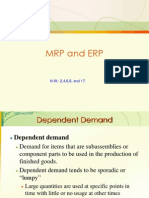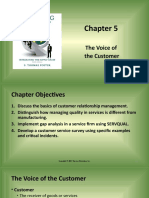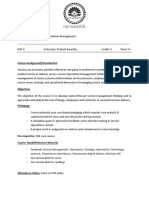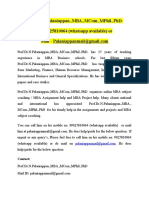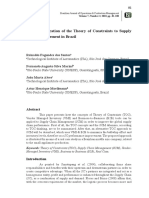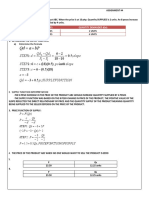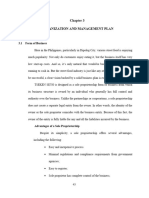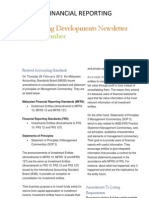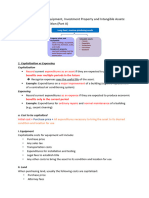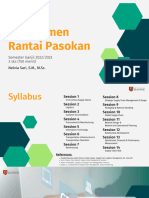0% found this document useful (0 votes)
317 views25 pagesChapter 1
controlling, directing, and overseeing.
Uploaded by
Jinnatul RaihanCopyright
© © All Rights Reserved
We take content rights seriously. If you suspect this is your content, claim it here.
Available Formats
Download as PDF, TXT or read online on Scribd
0% found this document useful (0 votes)
317 views25 pagesChapter 1
controlling, directing, and overseeing.
Uploaded by
Jinnatul RaihanCopyright
© © All Rights Reserved
We take content rights seriously. If you suspect this is your content, claim it here.
Available Formats
Download as PDF, TXT or read online on Scribd
/ 25


